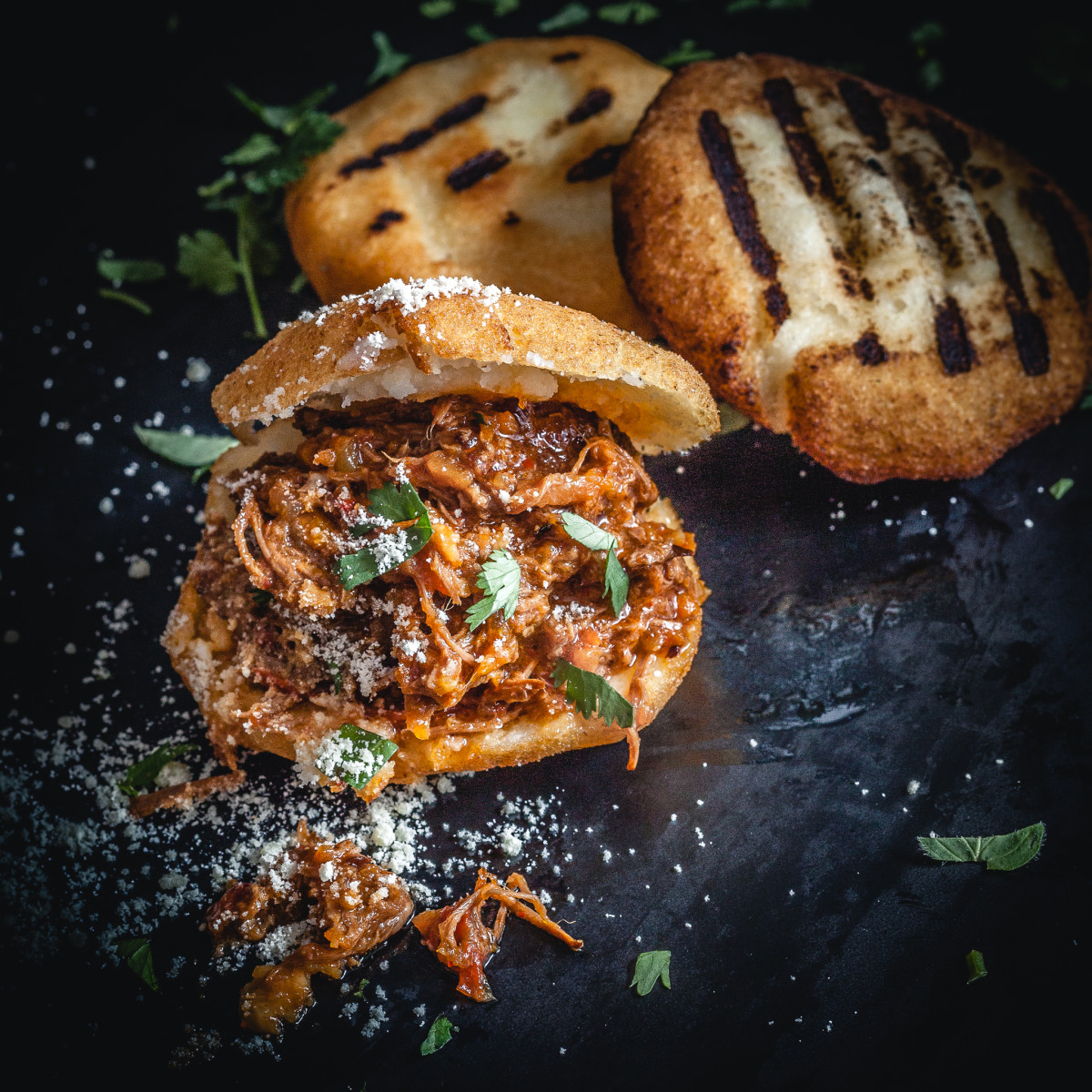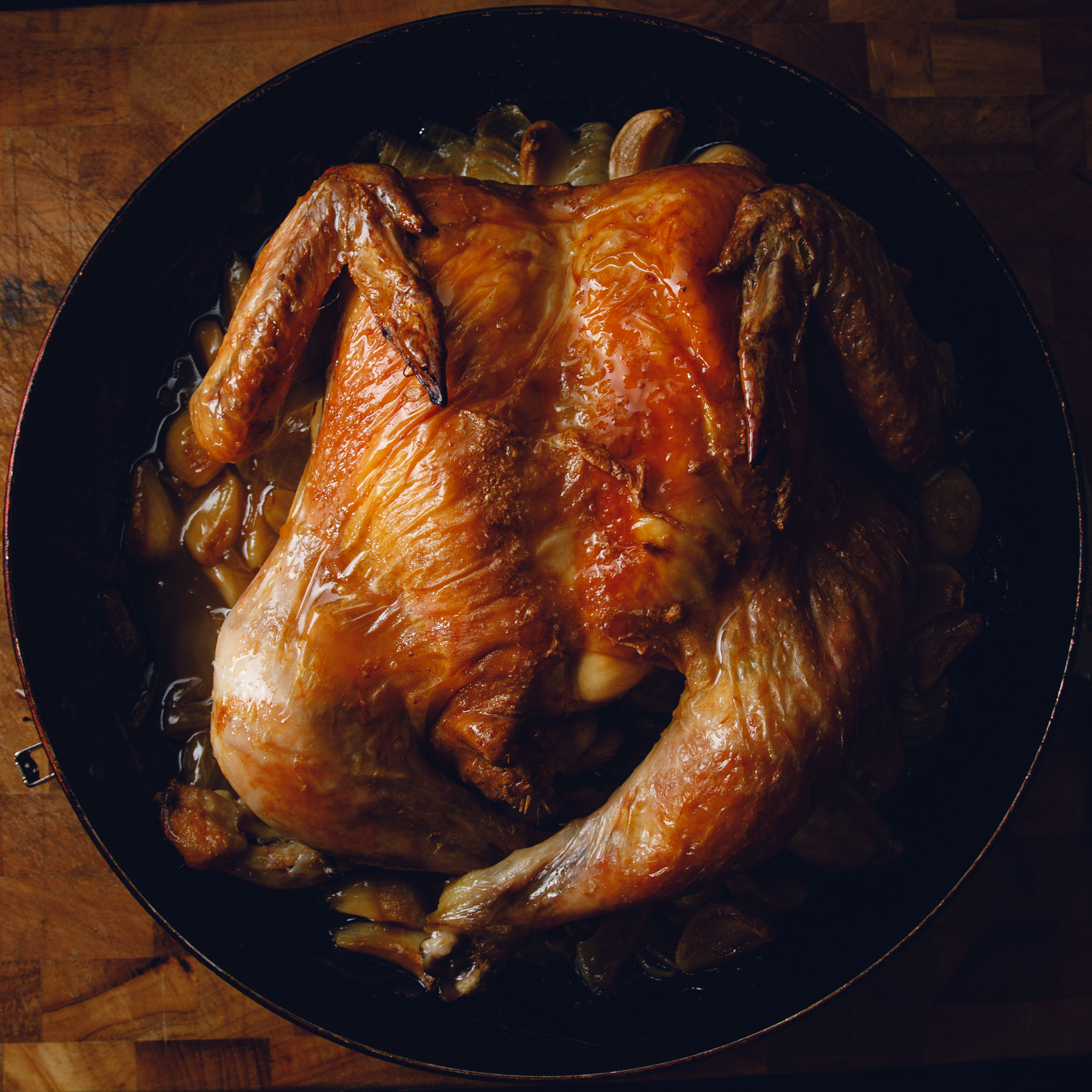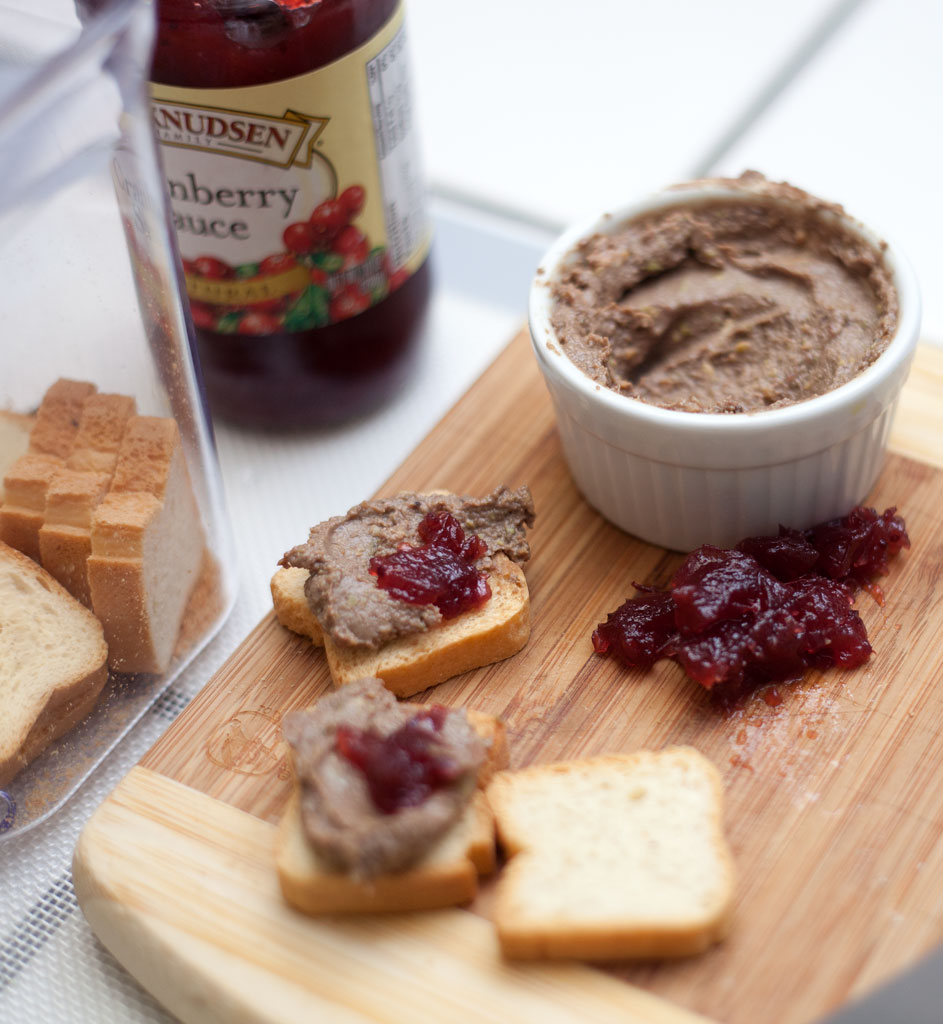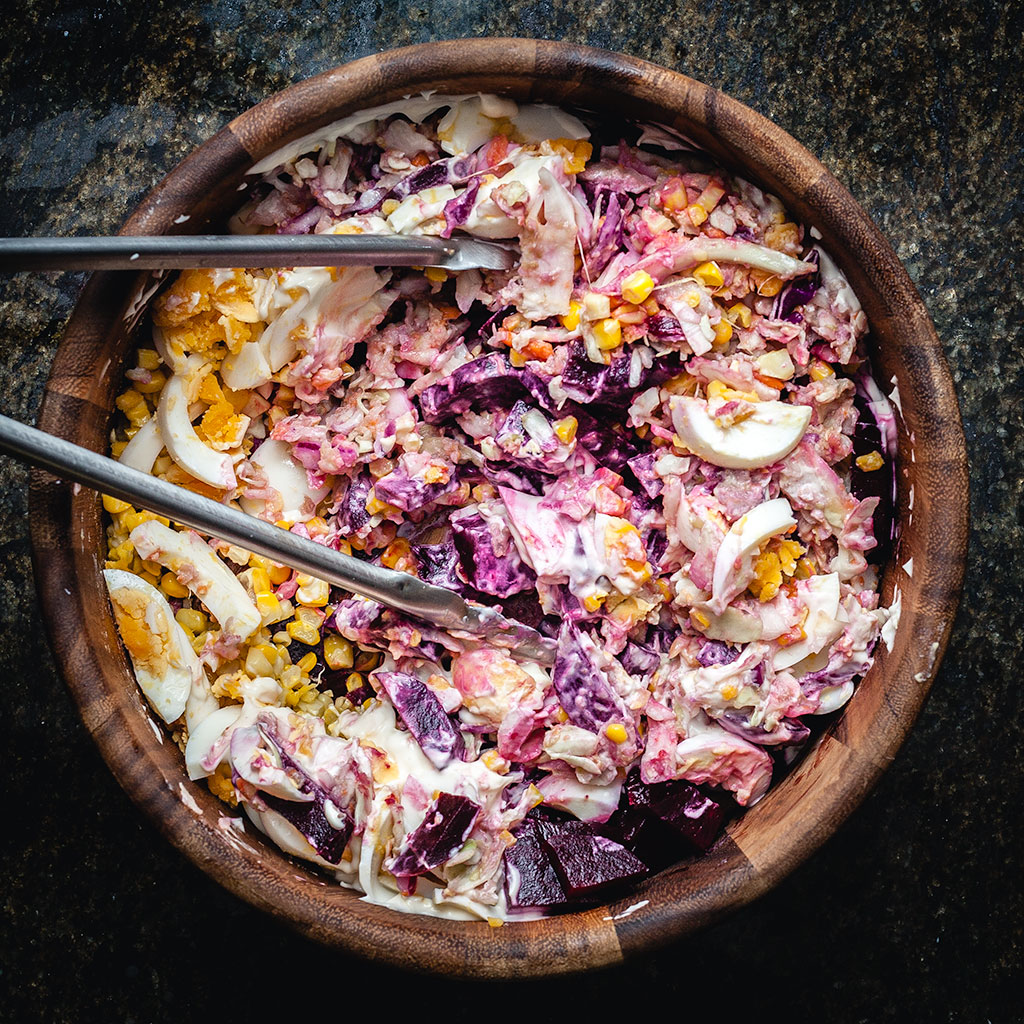Arepas are definitely a Venezuelan food staple. Maize flour defines this dish and many others in Venezuelan cuisine. Arepas are also popular in colombia and go by the same name. In El Salvador they’re called pupupas and are slightly different but the idea is the same. What makes this dish Venezuelanly unique is the flour that is used which happens to be a local invention. I found this in wikipedia which is super cool:

The traditional preparation of arepa flour is very labor-intensive, requiring the pounding of maize in a large mortar. Pre-made arepa flour was invented in the 1950s by Dr. Luis Caballero Mejias, a Venezuelan engineer who used the profits from his patent to finance a Technical Schools system. The precooked flour was later mass-produced and sold in larger quantities.[citation needed]
In 1954, the Venezuelan beer and malted drinks company Empresas Polar developed an industrial production method, launching the brand in 1960.
The product rapidly gained acceptance among housewives because of the tremendous saving in labor and its high quality. The original slogan was “Se acabó la piladera”, which means “No more pounding”. Harina PAN has remained essentially unchanged since then, as can be seen from the original advertisements.

Anyways, let me get this post out of the way before I get too sleepy.
Ingredients (makes about 4 small ones):
100 g Arepa flour
160 g water
2 g salt
1.5 g citric acid, or 1/2 Tbsp white wine vinegar
1 Tbsp Olive or Vegetable oil some more for coating

To make the corn flour disks. Mix all the dry ingredients well. Add the liquid ones. Mix well. Done. Takes about 5 mins for the corn starch to hydrate. Grab about a couple of ounces of the dough and shape it into a sphere. Flatten it. Takes some practice. You wanna end up with a disk of about 1.5cm of thickness.
Cooking the corn flour disks. There are many ways to go about this. I choose to deep-fry. 3 mins at about 350F. I gave them grilling marks on my cast iron pan just because it looks good. You can also pan fry. Some people bake them in the oven. Takes too long in my opinion. Some people bake them on the stove using a cast iron skillet, no oil. This skillet is called a “budare” pronounced….: boo-dah-reh. I don’t like this approach either. Tends to leave burn marks on the arepa which can be pretty bitter. I’m pretty sensitive to bitterness and I love a perfect golden crust.
Stuffing the arepa. Arepas are good on their own, but personally the stuffing is where’s at. I love arepas but only freshly made. They have a very short life span. A few hours in the fridge and I have zero interest in them. Freshly made I can eat them and stuff them with anything. I just posted about Carne Mechada a couple of weeks ago which was a recipe I made thinking I would be able to make arepas for people at work. This whole plan fell apart. The timing never worked. I still managed to make them at home and snapped a few pics.

I’ve been MIA lately but not due to lack of interest. Believe me. I’ll try to post more frequently as soon as I am done with my current project at work. Merry belated Christmas!

Wanna get more sous-vide cooking guides and cool cooking how-to’s in your mailbox? You know what needs to be done!
We never spam. You should only be getting updates when new content is posted on the site. We also respect your privacy. We don’t share your email address with anyone and you can unsubscribe anytime!





10 comments
My husband can’t resist arepas sold at steet fairs so I know he would enjoy your stuffed version.
where’s your husband from?? 🙂
Oh, these bring me back to my time in Colombia – the arepas sold at the street carts…magical.
Arepa are indeed magical little pockets of awesomeness 🙂
Incredible as always, Paul! Happy 2016!!
thanks for your constant support Patty!!!! Happy 2016!!! 🙂
These look amazing! Happy New Year!
thanks Mimi!!! happy 2016!!!! 🙂
relinking thoughts